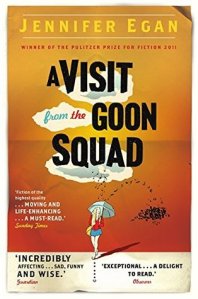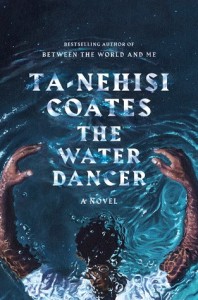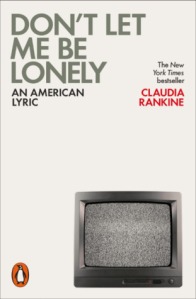
Less intensely interested in characters’ innermost thoughts, A Visit from the Goon Squad, Egan’s most famous work for winning the Pulitzer Prize, is as a result less of a hit with me compared to her other novels.
Like Girl, Woman, Other (perhaps inspired by this book?), it’s structured in chapters that are each from a different character’s perspective, to cover 13 perspectives in total. The characters are loosely connected through chance encounters, work or personal relationships; the chapters give us a window into different times of their lives, which flit back and forth across past and future, and add to the small deposits of understanding we have of each of them. The effect being while we get only one brief section in any character’s own voice, the pieces of their lives from different periods and other characters’ feelings towards them are given for us to form a composite portrait.
Contrasting characters’ youths and middle age, there’s a strong sense from the characters of the unstemmable tide of time — that the impulses driving their youth have left them at some point washed up on a run-down shore, bewildered and bereft of purpose. Bennie and Sasha are the two more central characters who tie the network together; we start with Sasha’s kleptomaniac inclinations and Bennie’s marital and professional breakdown, swing to their nostalgic wilder pasts through their old friends and families’ takes, and settle on a sort of personal reconciliation as Sasha forms a family with an ex-boyfriend and Bennie orchestrates a comeback both for his music-producer career and his old band mate.
For every chapter, Egan anchors it on a striking event or character quirk that becomes the momentum generator for the chapter; each makes a kind of core you recognise in a brilliant short story — effective, with the propensity to stick in your mind. Strung together in a novel however, there’s a sense of lurching from one dazzling anecdote to another, with the result that I increasingly could not connect to each new voice and cared less for them, becoming confused with the huge cast.
It’s well-written, to be sure. There’s just an empty feeling I was left with at the end of the book, that can be attributed to the sense of not satisfyingly knowing any of the characters — or perhaps that I didn’t think any of the characters really achieved a greater understanding and hence catharsis from the tension of confused youth; merely resignation.
Rating: 4/5
— A Visit from the Goon Squad (Jennifer Egan, 2011)



